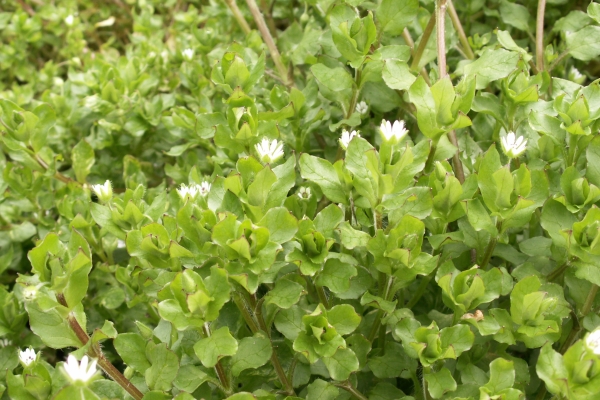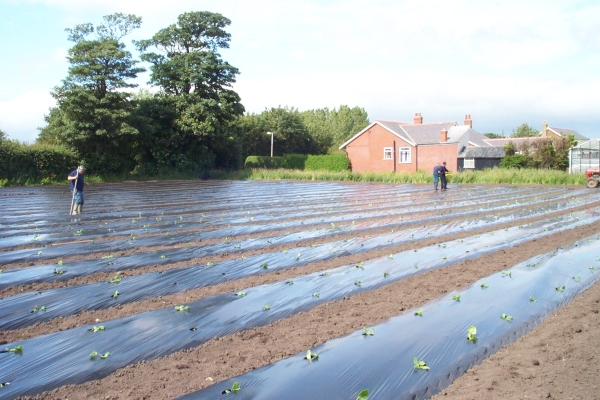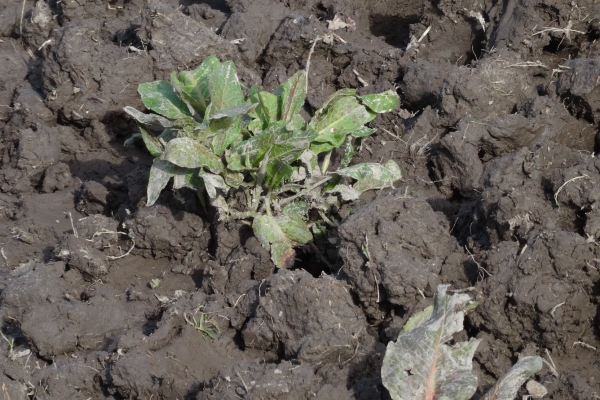Chickweed
Weed Control in Grass and Forage Crops
Resource explained
This information on chickweed is taken from the Farming Connect factsheet ‘Weed Control in Grass and Forage Crops‘ and outlines ways to tackle some of the significant weeds in improved grassland and forage crops; chickweed, creeping thistle, spear thistle, docks, ragwort, buttercup, bracken and nettles. The factsheet includes suggestions for preventing establishment and spread of chickweed. In improved grassland, weeds can reduce yield and palatability, grazing area, forage quality and sward life, and affect animal performance.
Findings & recommendations
- Chickweed can smother grass completely and can reduce ryegrass content by 50%.
- Spread by seed, it can complete 6 life cycles during one year and produce 2,500 seeds per plant.
- The high nitrogen content in chickweed presents a risk of livestock poisoning, and high moisture content affects silage, making it difficult to wilt and contributing to poorer fermentation.
- To prevent establishment and spread, recommendations include:
- Aim to establish dense, leafy swards through rotationally grazing new leys with sheep, and alternate cutting and grazing once sward density is improved.
- Check acidity and nutrient levels in your soil – chickweed favours high potash levels.
- Harrow in the autumn and sow grass/clover seed to fill gaps. (Topping is not effective as chickweed spreads below cutting height).
- Move from field to field 30-50 ewes per hectare (15-20 ewes per acre) for 10 days when the ground is dry and where chickweed constitutes less than 5% ground cover.
Click here to access the whole Farming Connect factsheet.
(Photo credit: AJ Cann, CC BY-SA 2.0)
Related articles
Detailed information from Garden Organic on the occurrence, biology, persistence and spread of chickweed, with guidance to help you manage it more effectively.
This leaflet covers actions farmers can take to prevent and control annual weeds and prevent adverse effects on crop yield and quality.
Learn how to control weeds in grassland and forage crops to improve yield, palatability and animal performance.



